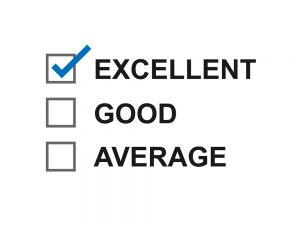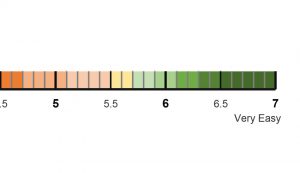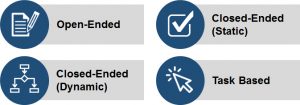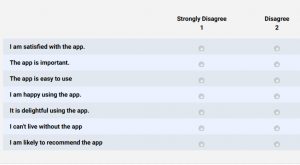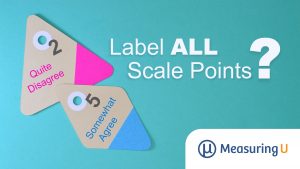
Should All Scale Points Be Labeled?
To have a reliable and valid response scale, people need to understand what they’re responding to. A poorly worded question, an unclear response item, or an inadequate response scale can create additional error in measurement. Worse yet, the error may be systematic rather than random, so it would result in unmodeled bias rather than just


